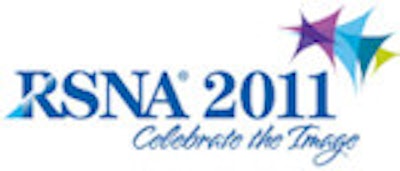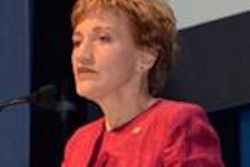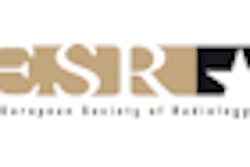
Radiologists have a duty to do more than issue a timely and accurate report -- there needs to be some genuine follow-up. Often their reports are not read, so an effective communication system needs to be in place to ensure they are.
These are the views of Dr. Ruchi Kabra, a radiology registrar from University College Hospital in London. She expressed them during a poster session at the recent RSNA meeting in Chicago.
Plenty of information is available in the U.S. about failure to communicate findings -- it's the fourth most common cause of litigation against radiologists -- and the American College of Radiology (ACR) published a document about in 2005. In the U.K., however, it took longer for any formal documentation or guidelines to be published.
"All the trusts were doing whatever they felt like," Kabra said. "There was nothing auditable." That is, until 2008, when the Royal College of Radiologists (RCR) published "Standards for the communication of critical, urgent and unexpected significant radiological findings," which gave advice on how to implement the National Patient Safety Agency's Safer Practice Notice 16. RCR also defined what critical, urgent, and unexpected findings meant:
- Critical: A finding that clinicians need to know about right away.
- Urgent: A finding that requires medical evaluation in 24 hours; the mode of communication might not have to be the telephone.
Communication method was deemed important -- if someone needs to be contacted straight away, use the telephone and document what the report stated and who was spoken to, Kabra added. For outpatient and general practitioner cases, e-mailing or faxing the clinician was thought to be adequate.
"There's a problem in the U.K. with electronic reports being generated, but there's no way of us knowing that they've acknowledged our report electronically yet," she said. "The important bit I took away [from the RCR report] was each policy should be auditable and transparent."
At Lister Hospital, a defined policy on significant findings and unexpected cancers was developed. There were paper request forms, and if the radiologist found something abnormal, they wrote "cancer alert" at the top. "Cancer alert" was also put in the report. If the finding was significant but not cancerous, "significant alert" was used instead. Then the forms were put in a tray in the secretary's office where they were gathered up. The referring doctor was contacted as was the patient. The form letter to the patient advised making an appointment to see the referring doctor.
Using the system, 100% of the alerts were followed up. The follow-up time and positive predictive values were reasonable with 80% to 90% for cancers, Kabra said.
"This particular hospital had a robust policy and it was agreed with the referrers -- which I thought was an important point -- the referring doctors know what to expect," she said. "They had a safety net mechanism and 100% of the alerts were followed up."
According to the Medical Defence Union, "Failure of communication is a common system problem; members are likely to be criticized [and], consequently, are more difficult to defend successfully if they're not complying with the national standards," which makes an auditable program that much more important, Kabra noted.
"My personal conclusion from this was I feel that most, or many, radiology reports are not read, and there's no way of knowing whether they are read or not," she said. "So it's our duty to the patient -- and also to safeguard our own practice and integrity -- that we conform to methods to let somebody know what we found."



















